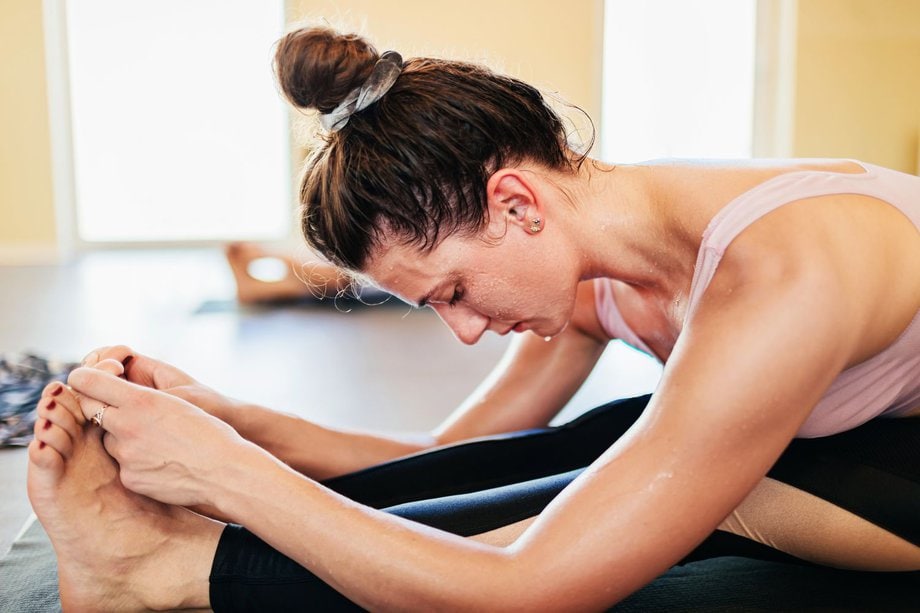Progressive Muscle Relaxation Vs. Other Relaxation Methods: a Comparative Look

Are you feeling stressed and overwhelmed? Need to find a way to relax and unwind? Look no further! In this article, we will explore the benefits of Progressive Muscle Relaxation and compare it to other relaxation methods.
Discover how this technique works and find out which method is the right fit for you. Don’t let stress control your life – take charge and find your inner calm.
Let’s dive in and find the perfect relaxation method for you!
Key Takeaways
- Progressive muscle relaxation systematically releases muscle tension
- Progressive muscle relaxation can be easily learned and practiced on your own
- Progressive muscle relaxation has positive effects on physical and mental health
- Progressive muscle relaxation is a versatile and accessible method for relaxation and stress management
Benefits of Progressive Muscle Relaxation
Progressive muscle relaxation offers a range of benefits for both your physical and mental well-being. By practicing this technique regularly, you can effectively reduce stress and improve your sleep quality.
When you engage in progressive muscle relaxation, you actively tense and relax different muscle groups throughout your body, allowing you to release tension and promote relaxation. This process not only helps to reduce stress levels but also aids in improving the quality of your sleep. By releasing muscle tension, you can experience a deeper and more restful sleep, waking up feeling refreshed and rejuvenated.
Additionally, the practice of progressive muscle relaxation can also have a positive impact on your mental health, helping to calm your mind and alleviate symptoms of anxiety and depression.
How Progressive Muscle Relaxation Works
To experience the benefits of muscle relaxation, you can begin by slowly tensing and then releasing different muscle groups in your body. Progressive muscle relaxation is a relaxation technique that involves systematically tensing and releasing specific muscles to promote relaxation and reduce tension.
Here is a step-by-step guide to progressive muscle relaxation:
- Find a quiet and comfortable place to sit or lie down.
- Start by taking a few deep breaths to relax your body and mind.
- Begin with your toes, consciously tensing them for a few seconds, and then releasing the tension.
- Move on to your calves, thighs, abdomen, chest, arms, and finally your face, tensing and releasing each muscle group.
By practicing progressive muscle relaxation regularly, you can experience a range of benefits, including reduced stress and anxiety, improved sleep quality, and enhanced overall well-being.
Exploring Other Relaxation Methods
If you’re interested in exploring different ways to relax, there are various methods available. Two popular options are music therapy and mindfulness meditation. Music therapy involves using music to promote relaxation and improve overall well-being. It has been found to reduce stress, anxiety, and even pain. Mindfulness meditation, on the other hand, focuses on being present in the moment and observing one’s thoughts and feelings without judgment. This practice has been shown to reduce stress, improve focus, and increase self-awareness.
To help you understand the differences between music therapy and mindfulness meditation, here is a comparison table:
| Music Therapy | Mindfulness Meditation |
|---|---|
| Uses music to promote relaxation | Focuses on being present in the moment |
| Reduces stress, anxiety, and pain | Reduces stress and improves focus |
| Improves overall well-being | Increases self-awareness |
Both methods have their own unique benefits, so you can choose the one that resonates with you the most. Give them a try and see which one helps you relax and unwind the most effectively.
A Comparative Analysis of Progressive Muscle Relaxation and Other Techniques
When comparing different relaxation techniques, you may find that progressive muscle relaxation offers unique benefits that set it apart from other methods. Here are some reasons why progressive muscle relaxation may be more effective and have fewer drawbacks compared to other techniques:
- Progressive muscle relaxation focuses on systematically tensing and relaxing major muscle groups, helping to release tension and promote overall relaxation.
- Unlike some other techniques that require extensive training or equipment, progressive muscle relaxation can be easily learned and practiced on your own.
- Progressive muscle relaxation can be done anywhere and at any time, making it a convenient option for managing stress and anxiety.
- The technique has been shown to have positive effects on both physical and mental health, including reducing muscle tension, improving sleep, and decreasing anxiety levels.
Overall, when comparing effectiveness and drawbacks, progressive muscle relaxation stands out as a versatile and accessible method for relaxation and stress management.
Choosing the Right Relaxation Method for You
Finding the right relaxation method for you depends on your personal preferences and needs. When it comes to stress relief, it’s important to explore and compare different relaxation techniques.
There are various methods available, each with its own unique benefits. Progressive muscle relaxation is one such technique, which involves tensing and relaxing different muscle groups to promote relaxation. However, it’s essential to consider other options as well.
For some, deep breathing exercises may be more effective in calming the mind and reducing stress. Others may find mindfulness meditation or guided imagery helpful in achieving relaxation. It’s all about finding what works best for you.
Frequently Asked Questions
Can Progressive Muscle Relaxation Be Used as a Treatment for Specific Medical Conditions?
Progressive muscle relaxation can be used as a treatment for specific medical conditions. Research evidence supports its treatment effectiveness. It is an effective method to promote relaxation and reduce symptoms associated with various medical conditions.
Are There Any Potential Side Effects or Risks Associated With Progressive Muscle Relaxation?
There may be potential side effects or risks associated with progressive muscle relaxation. It’s important to be aware of any discomfort or strain on muscles during the practice and consult with a healthcare professional if needed.
How Long Does It Take to See the Effects of Progressive Muscle Relaxation?
To see the effects of progressive muscle relaxation, it may take some time. However, practicing these techniques regularly can be effective in reducing anxiety, managing stress, improving mental health, and even helping with insomnia or pain management.
Can Progressive Muscle Relaxation Be Practiced by Individuals With Physical Disabilities or Limitations?
Yes, progressive muscle relaxation can be practiced by individuals with physical disabilities or limitations. It can be adapted for wheelchair users or those with limited mobility, making it accessible to everyone.
Is There a Recommended Frequency or Duration for Practicing Progressive Muscle Relaxation?
There isn’t a specific recommended frequency or duration for practicing progressive muscle relaxation. It varies depending on your needs and preferences. Experiment with different lengths and frequencies to find what works best for you.









